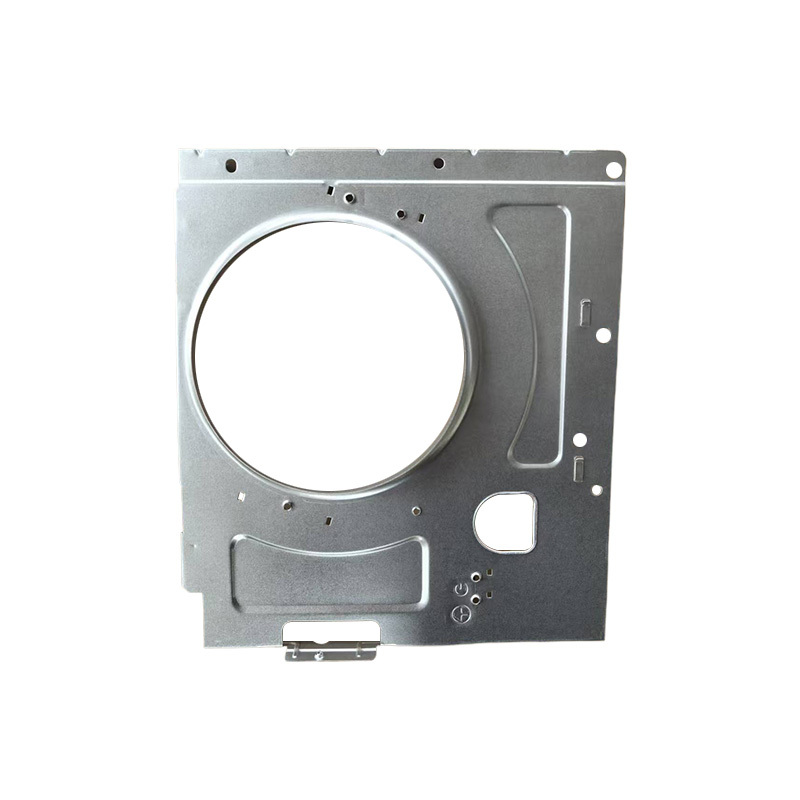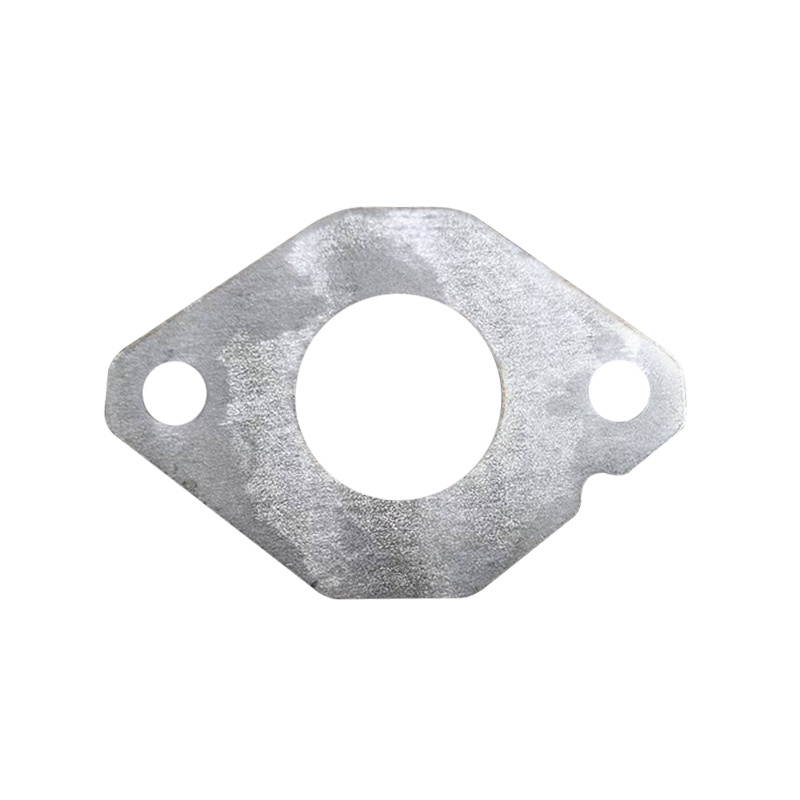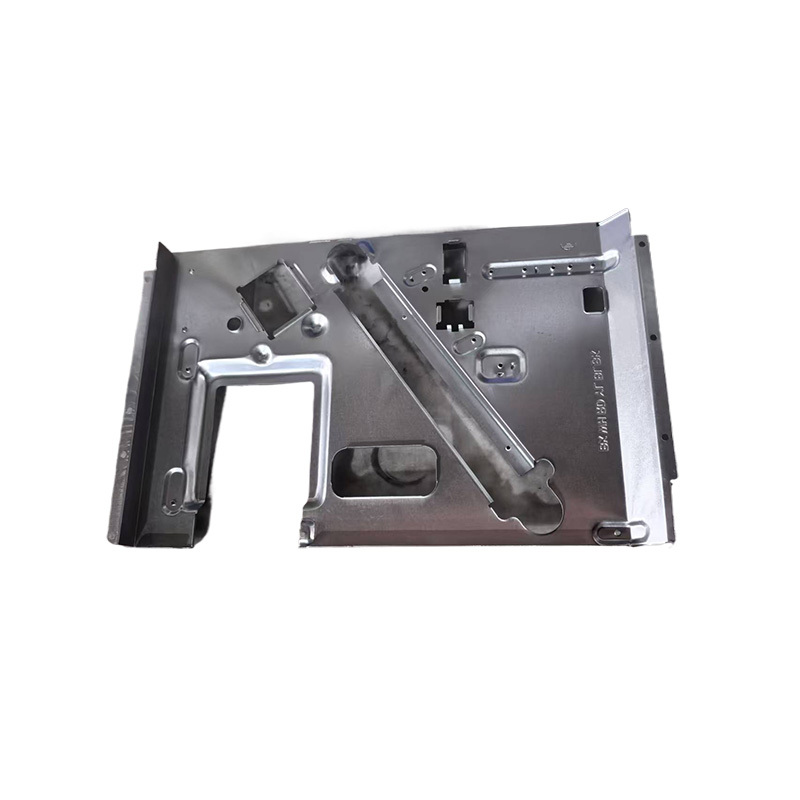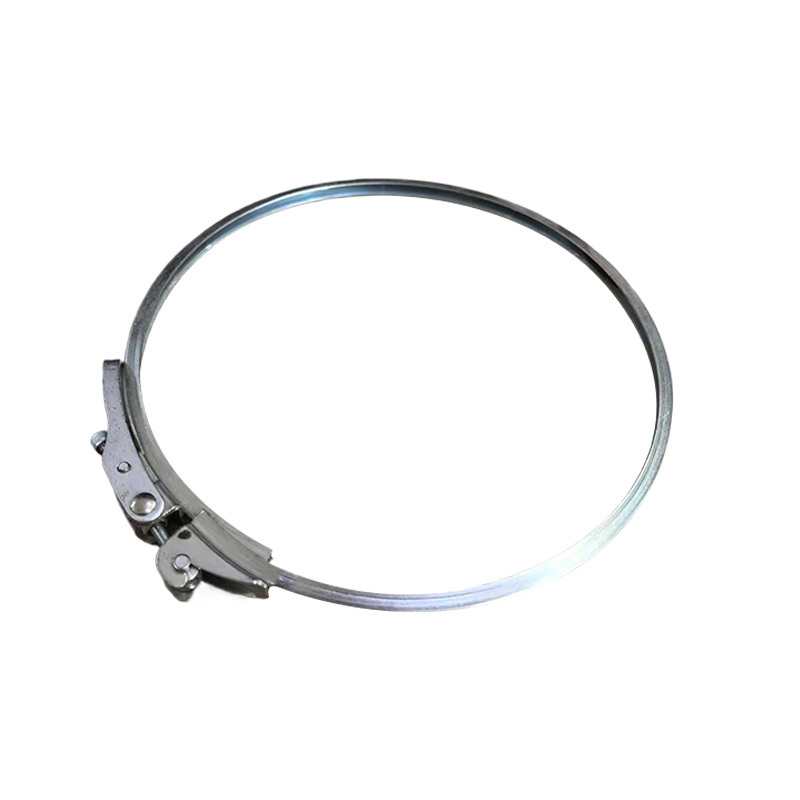Driving domain controller
- Commodity name: Driving domain controller
- Product Description
-
Definition and Purpose
The driving domain controller is a key component in the automotive electronic control system, primarily used to coordinate and manage multiple critical functions during the vehicle's driving process. It acts like the 'brain' of the vehicle's driving system, integrating control over the power system, chassis system, and some body systems to ensure safe, stable, and efficient driving under various conditions. For example, during acceleration, deceleration, and turning operations, the driving domain controller coordinates the work between the engine, transmission, braking system, and suspension system to ensure precise cooperation in power output, speed control, and body posture adjustment.
Structural Composition
Hardware Part:
Microprocessor (CPU): This is the core computing unit of the driving domain controller, responsible for processing signals from various sensor inputs and generating control commands based on preset algorithms and programs. A high-performance CPU can quickly and accurately process a large amount of complex data to meet real-time control needs of the vehicle during high-speed driving and complex conditions. For example, some advanced driving domain controllers use multi-core processors that can handle multiple control tasks simultaneously, such as power control and chassis control.
Memory (RAM, ROM, etc.): Used to store program code, control algorithms, vehicle parameters, and various temporary data. ROM (Read-Only Memory) typically stores unmodifiable firmware programs such as boot programs and basic control logic; RAM (Random Access Memory) is used to store real-time generated data during vehicle operation, such as sensor data collection and intermediate calculation results. Sufficient storage capacity ensures that the controller can store and invoke various complex control strategies.
Input Interfaces: Used to connect multiple sensors such as wheel speed sensors, acceleration sensors, steering angle sensors, etc. These interfaces can receive analog or digital signals from different sensors and convert them into a format that the microprocessor can recognize and process. The number and type of input interfaces depend on the control functions required by the vehicle and sensor configuration to ensure comprehensive and accurate acquisition of the vehicle's operating status information.
Output Interfaces: Connected to the vehicle's actuators such as engine control units, transmission control units, electronic control units of braking systems, etc. The output interfaces convert the control commands generated by the microprocessor into signals that actuators can recognize to achieve control over various systems of the vehicle. For example, sending throttle opening commands to the engine control unit or sending brake pressure commands to the braking system through output interfaces.
Software Part:
Operating System (OS): Provides a basic operating environment and resource management functions for the driving domain controller. The operating system can be a Real-Time Operating System (RTOS), which ensures that control tasks respond within specified time frames to meet real-time requirements for vehicle control. For example, in an emergency braking situation, an RTOS can ensure that braking control tasks are prioritized to avoid delays that could lead to accidents.
Control Algorithm Software: This is the core part of the driving domain controller software, including power control algorithms, chassis control algorithms, etc. The power control algorithm calculates the optimal power output strategy based on factors such as the driver's acceleration or deceleration intentions, vehicle speed, and load; while the chassis control algorithm controls the suspension system and braking system based on factors like steering angle, speed, and road conditions to achieve stable driving and good handling performance. For instance, during a turn, the chassis control algorithm adjusts suspension damping and wheel braking force to reduce body roll.
Communication Protocol Software: Used to implement communication between the driving domain controller and other electronic control units (ECUs) in the vehicle. Common communication protocols include CAN (Controller Area Network) protocol and LIN (Local Interconnect Network) protocol. Communication protocol software ensures that controllers can accurately send and receive data for information sharing and coordinated control. For example, the driving domain controller exchanges power parameter information with the engine ECU via CAN protocol to coordinate power output.
Functional Features
Integrated Control: The driving domain controller can integrate driving-related control functions that were previously dispersed across multiple independent ECUs. For example, engine control, transmission control, and chassis control may have been handled by different ECUs in the past; now they can be managed uniformly through the driving domain controller to improve system coordination and overall performance.
Real-time Performance and Precision: With high-performance microprocessors and real-time operating systems employed, the driving domain controller can respond to changes in vehicle status within a very short time frame and generate precise control commands. This real-time performance and precision are crucial for ensuring vehicle safety and stability during high-speed driving or emergency situations.
Adaptive Learning Capability (for some advanced systems): Some advanced driving domain controllers have adaptive learning functions. They can automatically adjust control strategies based on driver habits, road condition information, and changes in vehicle performance. For example, by monitoring a driver's acceleration and deceleration habits over time, the controller can optimize power output curves to make the driving experience more aligned with driver expectations.
Key words:
Product inquiry
If you are interested in our products, please leave your email, we will contact you as soon as possible, thank you!
Related Products
OEM
From precise design drawings, to rigorous production processes, to strict quality testing, we always uphold the spirit of ingenuity, the pursuit of every detail of the perfect. Our team has a wealth of industry experience and technical strength, according to your specific needs, to provide personalized customized services, to ensure that each product can meet your expectations.











